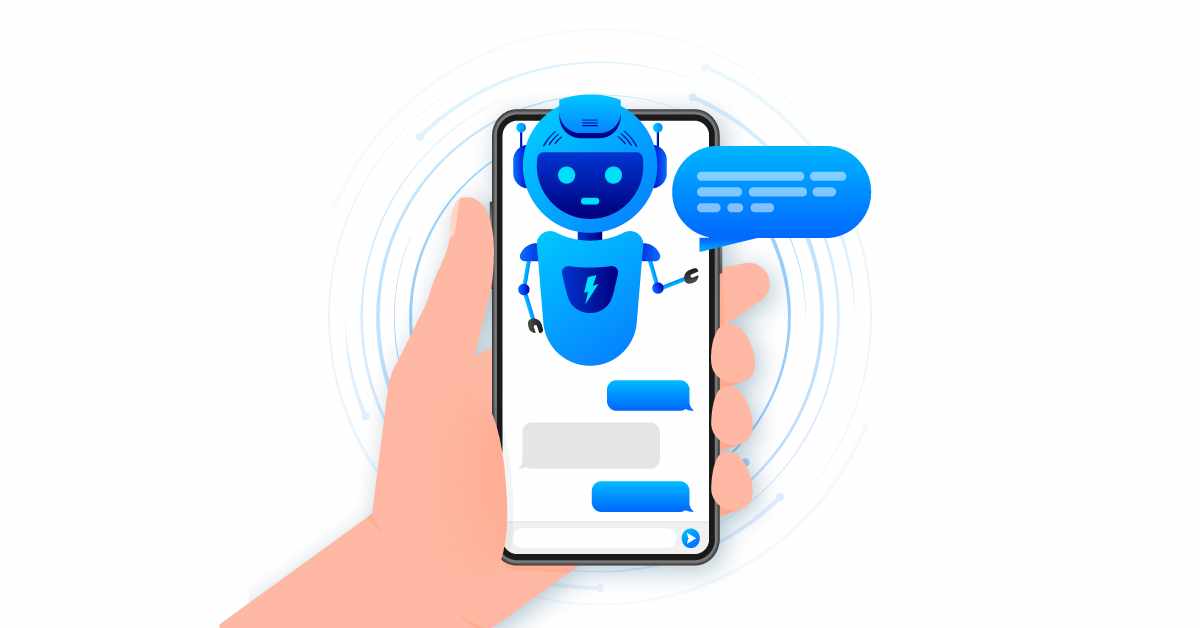How to Effectively Train Your Customer Support Chatbot for Success
Today, businesses are adopting customer support chatbots to enhance service delivery and streamline operations in the fast-paced, customer-driven world. Not only do these AI-powered tools save time, but they also enhance customer satisfaction and reduce costs. But for a chatbot to realize its full potential, proper training is necessary. In this guide, we will discuss the strategies you can use to train your customer support chatbot for success while exploring related tools like voice AI agents, white-label chatbots, HR chatbots, and their applications in industries such as virtual receptionists for dental offices. Understanding the Role of a Customer Support Chatbot What Is a Customer Support Chatbot? A customer support chatbot is an artificial intelligence-driven virtual assistant intended to address questions from customers and provide support or execute tasks at a fast and efficient pace. These chatbots work 24/7. Healthcare, HR, and retail are some of the industries increasingly adopting chatbots for niche jobs such as an HR chatbot answering employee-related questions or virtual receptionists at dental offices scheduling appointments and fielding patient queries. Why Training Matters for Chatbot Success While chatbots are powerful tools, the effectiveness of a chatbot depends on how well it is trained. Poorly trained chatbots can actually result in frustration to customers, misinformation, and damaged brand reputation. A well-trained chatbot: Presents responsive and timely answers Understands customer intent and behavior Improves user experience Reduces human support agents' workload Training your chatbot isn't just a matter of feeding it data; it's shaping it to fit your business goals and customer needs. Preparing to Train Your Customer Support Chatbot Defining Your Chatbot’s Purpose and Goals Before you start training, define what you want your chatbot to accomplish. Is it to solve customer problems, help employees, or schedule appointments? For example: An HR chatbot may handle onboarding processes or answer HR-related queries. A virtual receptionist for a dental office might manage appointment scheduling and reminders. Clearly defining the chatbot’s purpose helps narrow its focus and enhances its effectiveness. Collecting and Organizing Data for Training Data learns in chatbots. Gather and arrange relevant information such as: Customer interactions historically. Frequently asked questions (FAQs). Company policies and product/service details. Using data from voice AI agents and white-label chatbots further enriches the knowledge base of your chatbot and its functionalities. Choosing the Right Tools and Platforms The right tool can make all the difference to your chatbot training. Think of any platforms that offer: AI-powered training modules. Customization options (for example, white-label chatbots). Seams into existing systems like CRM and voice AI agents. Steps to Effectively Train Your Customer Support Chatbot Step 1: Build a Comprehensive Knowledge Base A well-rounded knowledge base is the foundation of any chatbot’s success. Include: FAQs that address common customer inquiries. Industry-specific information, such as dental insurance policies for a virtual receptionist in a dental office. Tutorials, guides, and troubleshooting tips. Ensure your knowledge base is updated regularly to keep the chatbot relevant. Step 2: Train the Chatbot on Language and Tone Your chatbot should reflect your brand's voice. Train it to Use a conversational tone that would resonate with your audience. Respond professionally and empathetically, especially in sensitive industries such as healthcare and HR. For example, an HR chatbot should discuss workplace policies in a friendly but authoritative tone. Step 3: Implement Contextual Understanding Context is the essence of meaningful interactions. Train your chatbot to Understand user intent rather than just keywords. Use past conversations to make it more personalized. Integrating features from voice AI agents can further enhance contextual understanding, especially for voice-based queries. Step 4: Test and Refine Responses Testing frequently is essential for finding gaps in your chatbot's performance. Do: A/B testing on the different response styles. Simulated customer interactions to test the accuracy. Feedback analysis to fine-tune responses based on real user input. Step 5: Integrate Multi Channel Capabilities Modern customers interact with businesses across multiple channels. Train your chatbot to: Seamlessly integrate across platforms (e.g., website chat, social media, and voice assistants). Deal with channel-specific requirements, such as different tones or features for a virtual receptionist versus a general support chatbot . Overcoming Challenges in Chatbot Training Common Pitfalls to Avoid Training chatbots is not without its challenges. Avoid these common pitfalls: Overloading the chatbot: Focus on a few key functions rather than trying to make it do everything. Update Neglect: Regularly review and update the chatbot to keep it relevant. Ensuring Compliance and Data Privacy Chatbots handle sensitive information, especially in industries like healthcare and HR. Ensure your chatbot complies with regulations such as GDPR or HIPAA. Data security is not optional; it's essential for maintaining trust. The Future of Customer Support Chatbots Innovations in Voice AI Agents Voice AI agents integrated with customer support chatbots are revolutionizing the manner in which businesses interact with customers. Voice-enabled chatbots offer: Hands-free interactions for users. More rapid and natural communication. More accessibility for disabled users. White-Label Chatbots and Customization The white-label chatbots are becoming popular because they are available as customizable options. With these chatbots, businesses can: Maintains brand consistency. Tailor chatbot features to certain industry requirements; for example, HR or dental care. Scale fast without building from scratch. Conclusion Training your customer support chatbot effectively is the key to delivering excellent customer experiences, improving efficiency, and staying competitive. By defining clear goals, using quality data, and continuously refining your chatbot's capabilities, you can unlock its full potential. Whether it is an HR chatbot, a virtual receptionist for a dental office, or voice AI agents, the principles of effective chatbot training are the same. Embrace these strategies, and your chatbot will not only meet but exceed customer expectations, driving success for your business.

